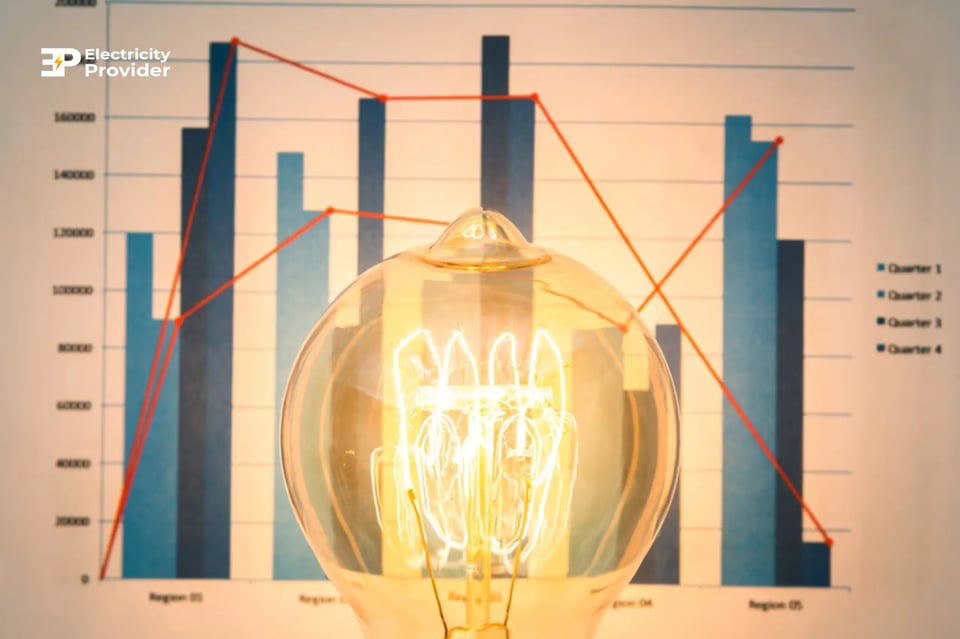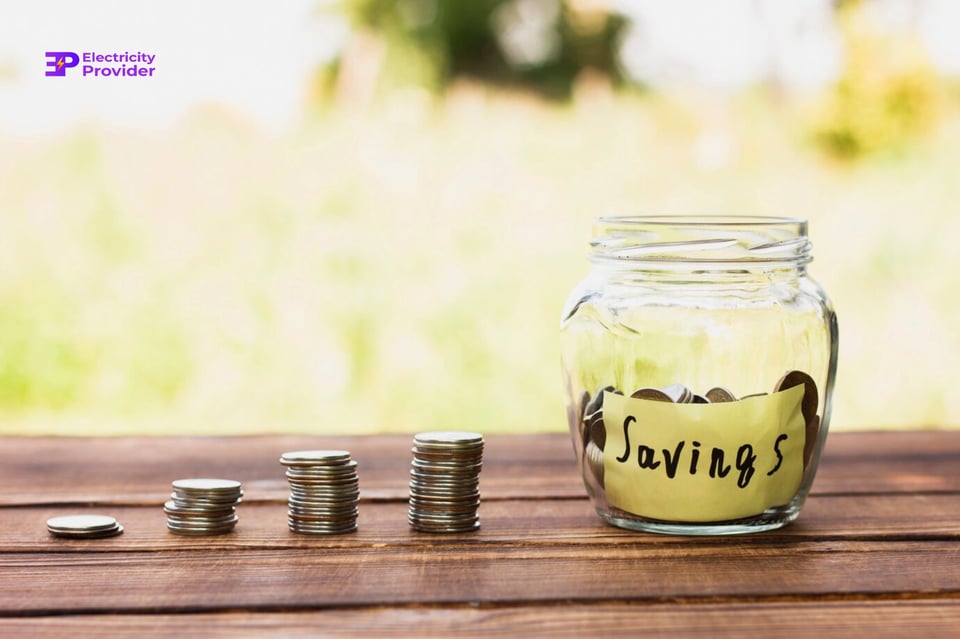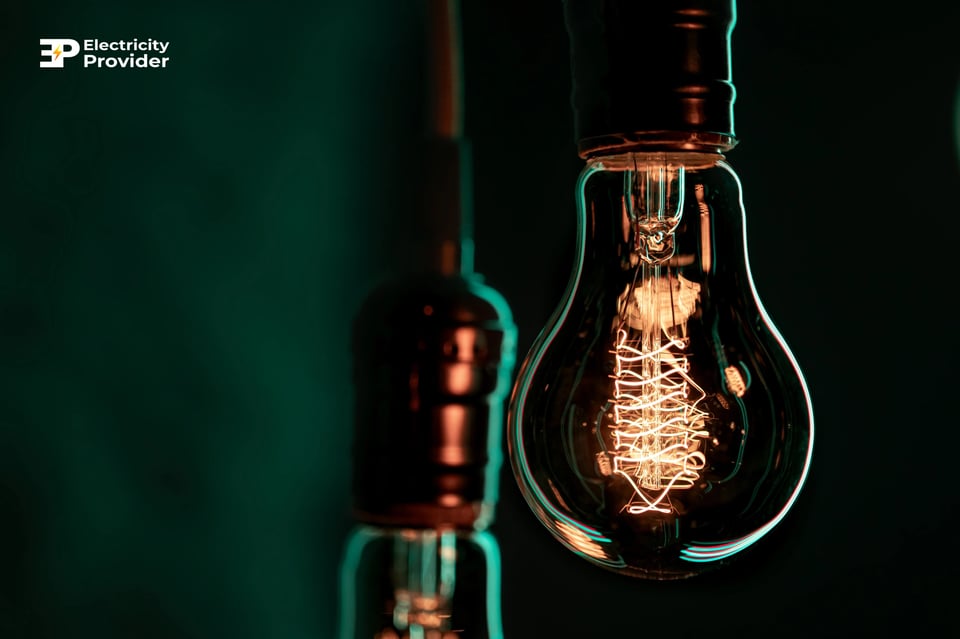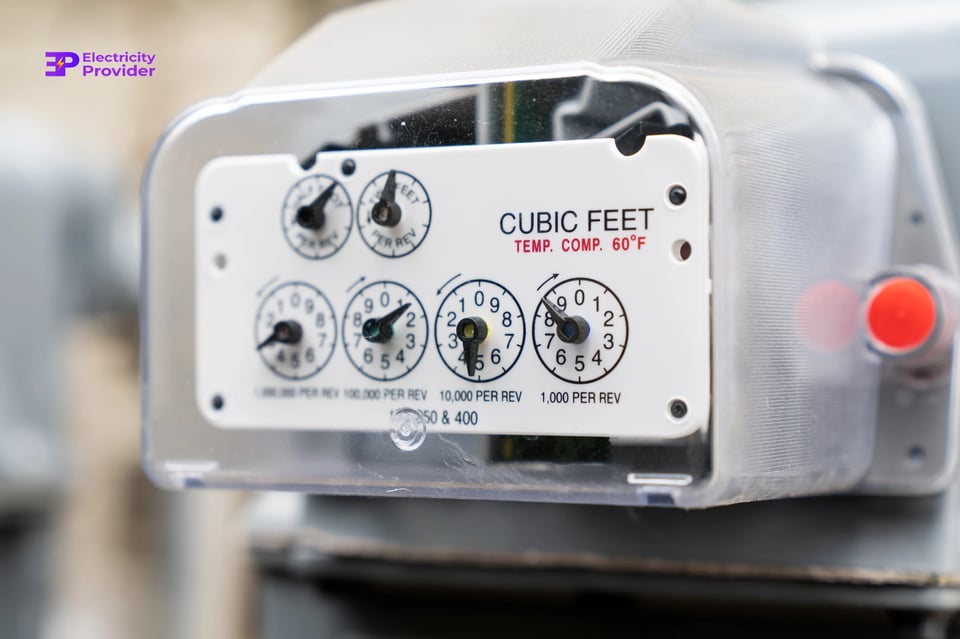Explore the critical aspects you should consider when comparing energy plans to help you make an informed decision that suits your circumstances.
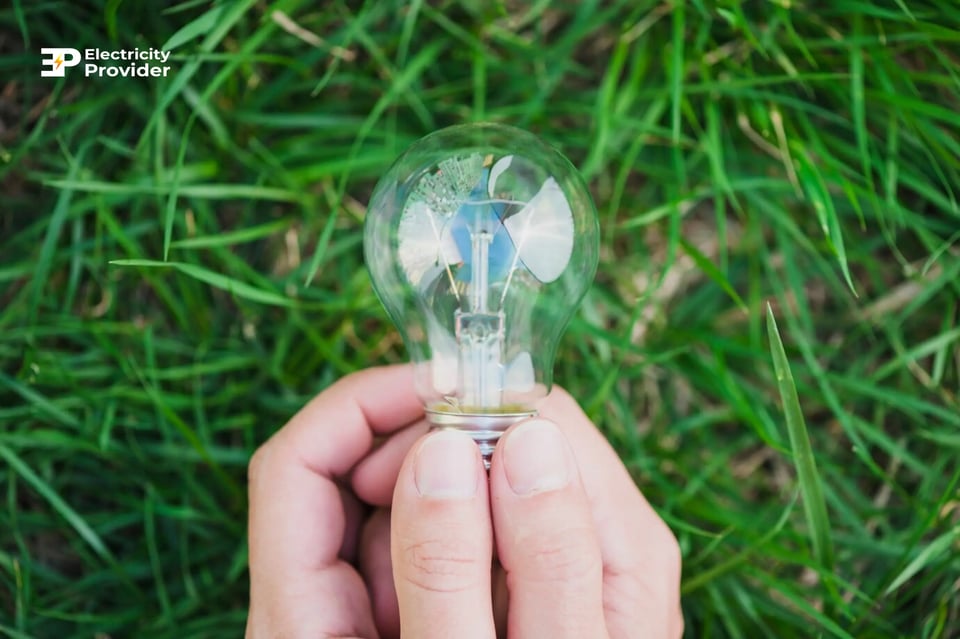
Published on 26/11/2024
By Pallav Verma
Energy Comparison
Finding the most suitable energy plan in New South Wales (NSW) requires careful consideration of multiple factors. Each household or business has unique energy needs, making it essential to evaluate plans based on these specific factors for the best results. Below, we explore the critical aspects you should consider when comparing energy plans to help you make an informed decision that suits your circumstances.
Note - There is no single "best" energy plan that suits everyone; the ideal plan can vary greatly based on individual consumption patterns, budget, and preferences. Use the factors outlined below to choose the plan that fits your needs.
NSW's energy market has undergone significant changes over recent years, marked by a shift toward renewable energy and increased energy imports from neighboring states. In FY2023, NSW imported approximately 10% of its total energy demand from Queensland and Victoria, a trend driven by inter-regional energy trading and the need to balance supply and demand during peak periods. Understanding this interconnected landscape can provide context when evaluating energy plans, as reliance on imports can impact energy prices and reliability.
For detailed information on the shifts in New South Wales' energy market, including increased energy imports from Queensland and Victoria to balance peak demand, refer to the Australian Energy Regulator's report. This source outlines the interconnected nature of energy trading and its impact on prices and reliability.
There are different types of energy plans available in NSW, each catering to varied consumption patterns and budget needs. Here are the main types:
With the rise in distributed solar energy and battery storage systems, many NSW residents are opting for plans that support renewable energy. Distributed solar uptake grew by 18% in FY2023, contributing to a significant decrease in daytime energy demand. This trend is reflected in the increasing availability of GreenPower plans, which allow consumers to support the generation of renewable energy.
If you have solar panels installed, it’s worth checking whether an energy plan offers solar feed-in tariffs. These tariffs allow you to earn credits for any excess energy your solar system feeds back into the grid. This can help offset your energy costs and make the most of your solar investment.
Pricing structures can vary significantly between providers. Here’s what to watch out for:
NSW's energy reliability has been relatively strong in recent years. According to the FY2023 Annual Market Performance Review, the state experienced no unserved energy incidents. However, forward-looking projections indicate potential reliability risks if investments in renewable generation and grid enhancements do not keep pace with demand.
Choosing a provider known for stable supply can ensure that you are less likely to experience interruptions, especially during extreme weather events that are becoming more common due to climate variability.
Load forecasting helps energy providers anticipate energy demand and manage supply accordingly. South Australia saw improvements in forecasting errors, while NSW had mixed results. If a provider excels in load forecasting, it can better manage your energy needs and provide more stable pricing. Reviewing a provider's track record in accurate load forecasting can give you confidence in their ability to offer reliable service.
A provider's customer service can greatly affect your experience. When comparing energy plans, look for providers that offer robust support, easy-to-use online account management, and flexible payment options. Providers with transparent billing practices and responsive customer service teams can help you resolve any issues quickly and efficiently.
NSW consumers should also be aware of government rebates and incentives that can reduce energy costs. Programs supporting renewable energy installations, such as solar panel subsidies, can make a significant difference in the long-term affordability of your energy plan.
For those looking to minimize their carbon footprint, comparing energy providers' sustainability commitments can be valuable. Providers that invest in renewable energy projects, battery storage, and other environmental friendly initiatives may offer long-term benefits that align with your values.
Always review the fine print before signing up for an energy plan. Look for:
The energy market is continuously evolving, and staying informed about future trends can help you make the best decision when comparing energy plans. For instance, new infrastructure projects like Project Energy Connect aim to bolster inter-regional trade, which may influence future pricing and reliability in NSW.
In summary, choosing the best energy plan in NSW requires a thorough comparison of available options, attention to pricing structures, renewable energy benefits, and contract terms. Stay informed and consider all factors that align with your energy needs to make an educated choice that optimizes both cost and reliability.
For comprehensive energy comparisons and exclusive energy deals, visit Electricity Provider.
